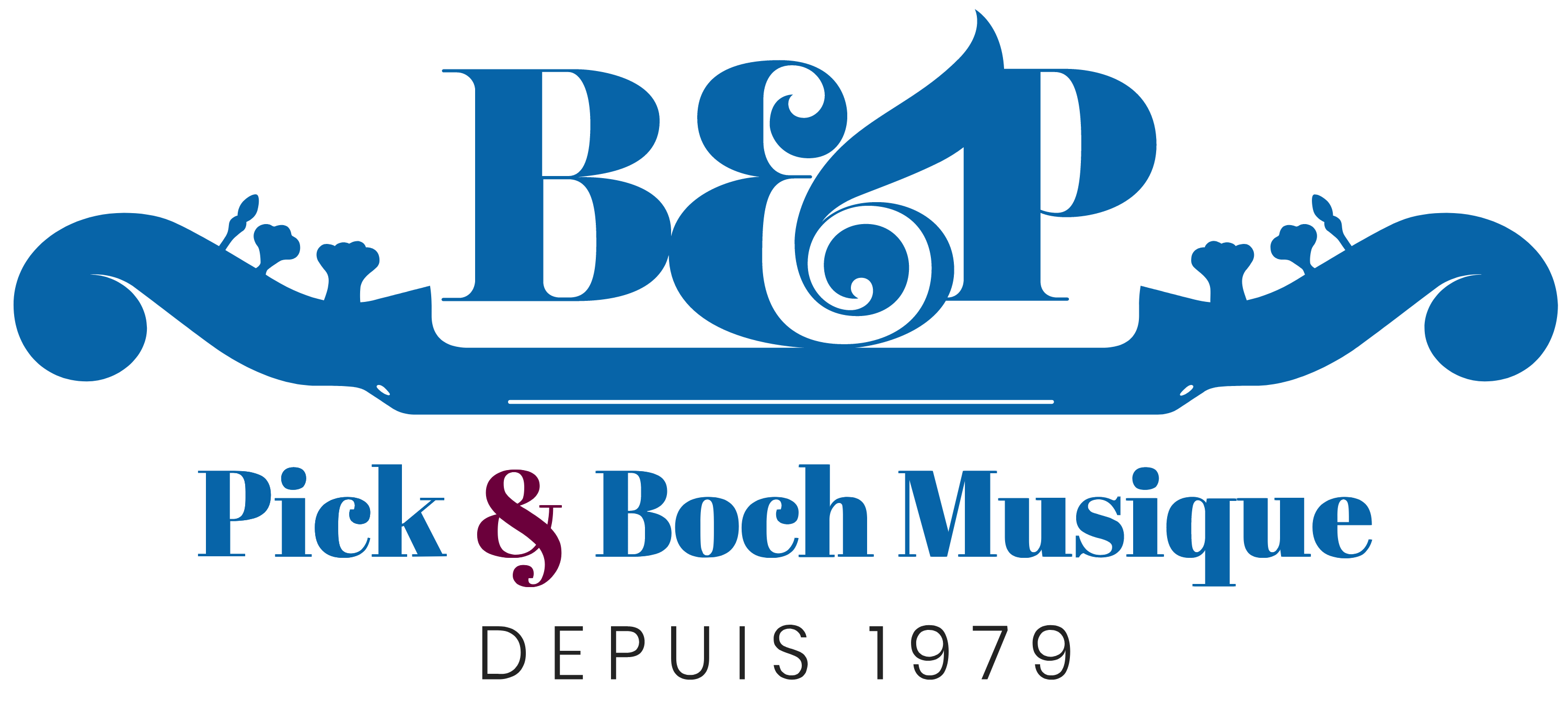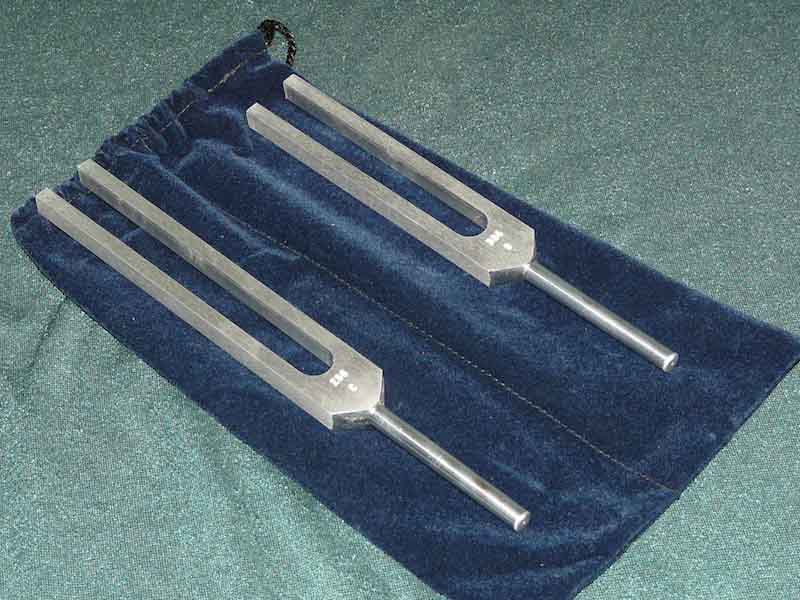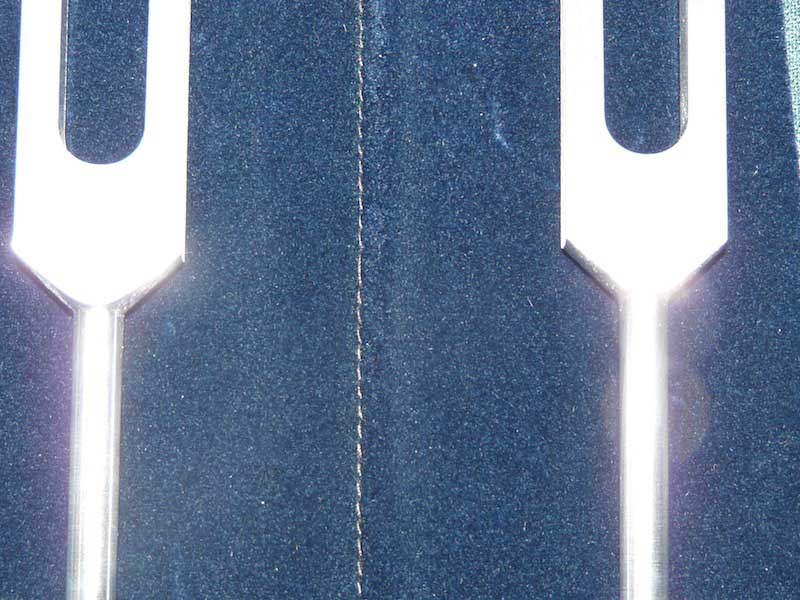
Therapeutic Tuning Fork - Set C/G
N4960
En stock72,50 €
In stock
- Description
Therapeutic Tuning Fork – Set C/G This pair of therapeutic tuning forks is composed of a C at 256 Hz and a G at 384 Hz. This interval corresponds to a fifth, with a ratio of 3/2 or 1.5. This interval called “repatterning” by some authors is the fundamental interval (position 3), which follows the octave in the harmonic range (position 2). Our ears and internal energy are now distorted by the systematic use of temperate ranges in present-day Western music, where note intervals have no exact correspondence with the harmonic scale, whose components are always integer multiples Of the note or fundamental frequency. The Do-Sol interval between these two tuning forks is called “right intonation” or “pure straight” and corresponds to a ratio of 3/2 or 1.5. Quinte and Number of Gold In the dynamics of the range of harmonics, we find in the first 4 notes the following ratios: Octave, Quinte, Octave. If the fundamental note or first harmonic is a C, the second harmonic will be a C (octave), the third one a fifth, and the fourth a C (octave). Symbolically and energetically, the octave between harmonics 1 and 2 corresponds to a foundation, a structure, a base; Whereas the interval between harmonics 2 and 3 corresponds to a dynamics of growth, close to the dynamics of the Number of Gold. These two frequencies form a polarity (yin / yang). This interval is used to generate the Pythagoras Range. Because of this, the use of Do & Sol tuning forks has a high harmonizing power. The range of Pythagoras, based on the Cycle of Fifths, produces a spiral, corresponding to the Number of Fibonacci; While the “normal” range currently used in music forms a circle that is a different dynamic from that of the spiral. The spiral of the Number of Gold is constructed in a very simple way: instead of adding each time 1 as in the sequel one, two, three, four, five, we add the number that precedes. Thus, a given one, the next number is two, then three, then five, then eight, then thirteen, then twenty-one, thirty four, etc. The basic visual expression of the Number of Gold, illustrated by Leonardo da Vinci in the famous engraving showing a naked man with arms in motion, in the center of a circle framed by a square, is the spiral, identical to that of the Nautilus, ammonites, found in most shellfish, sunflower flower, rose, DNA, shell of the outer ear and cochlea. This number is called Phi, and is equivalent to about 1.618. Finally, note that the first terms of the Fibonacci sequence: 1-1-2-3, are found in the ratios of the intervals of these tuning forks (Unisson 128-128 Hz = 1-1, Octave 64-128 Hz or 128 -256 Hz = 1-2, Straight 256-384 Hz = 3/2). use For the use of Do & Sol tuning forks, take them by the stem and knock them gently on your knees. Your client is lying down and you are placed in front of his head. Approach the tuning forks of the horn of each ear and adjust the distance (learn to do it by testing it on yourself). Keep the distance of about one inch (2.5 cm) between the tuning fork and the ear flap to the right and left. This creates a long and sustained sound, with the accord of straight, very beautiful, very harmonizing and energizing. Learn how to test the duration, because even if you do not hear anything, your client still hears the vibration for very long … * Note: Quint comes from Quintus, 5th. To go through the diatonic range from C major to the ground, we count up to 5 with well-known notes: C, D, E, F, Sol (C, D, E, F, G in English notation). When coughing five times, it forms a “flush” of cough … ? Delivered with protective cover in navy blue velvet. Disclaimer: The above information is provided by the manufacturer and is given for information purposes only. PICK & BOCH MUSIQUE declines any responsibility for the therapeutic use that can be made of this musical tool. Complete your order with a suitable mallet, a tuning fork, a work on Sonology or a CD of Sonotherapy.




